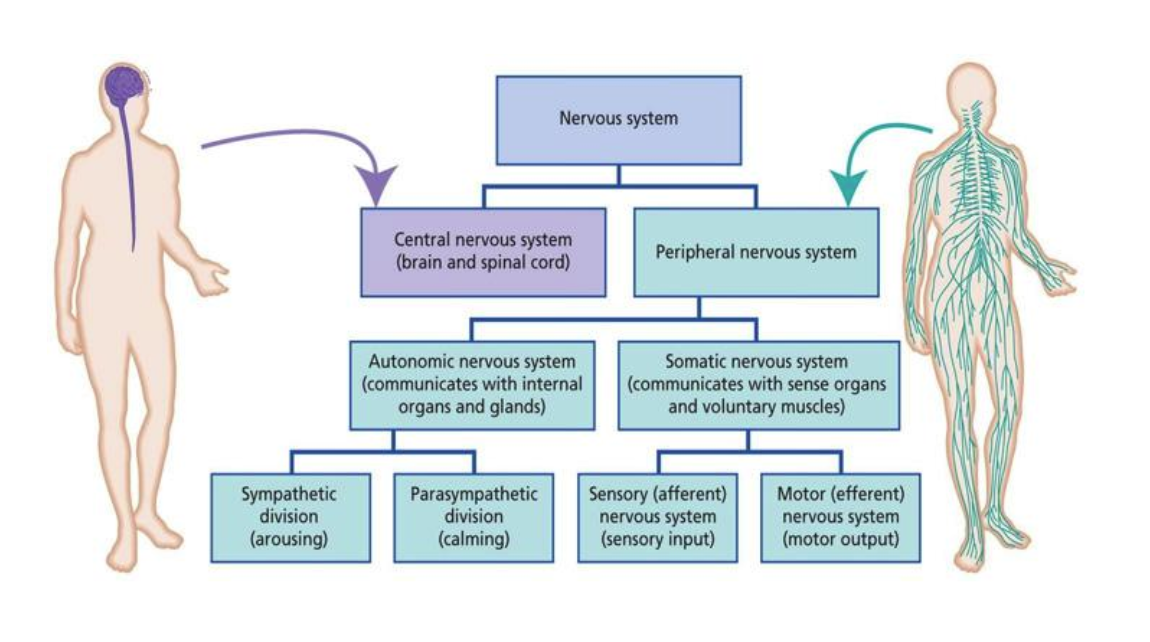Multi-media Programs and Experiences
The Living Poetry Project
The Felt Sense Somatic Meditations on Spotify
Somatic Self-Care Video Series
Book | Love Sex Poetry Peace
Book | Why Am I Like This
Workbook | Why Am I Like This
E-Book | Endemic World - Healing as a Way of Life (Exclusive E-Book)
Decontextualized Podcast Season 1
Podcasts Appearances
Poetry
Articles | General
Articles | Practitioners
Up-and-Coming Open Programs
Relational Somatic Re-templating
Trauma-informed Relational Somatics Singapore 2025
Human Intelligence Leadership Program Singapore 2025
Natalia Rachel's Online Courses
Practitioner Alumni

